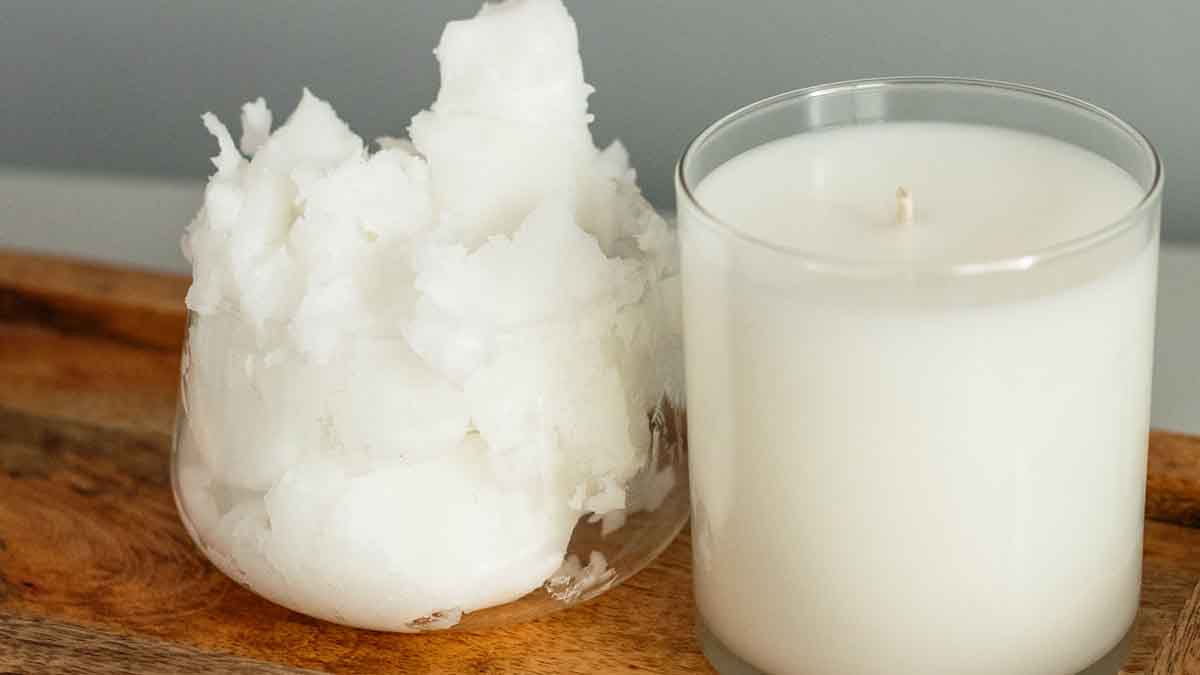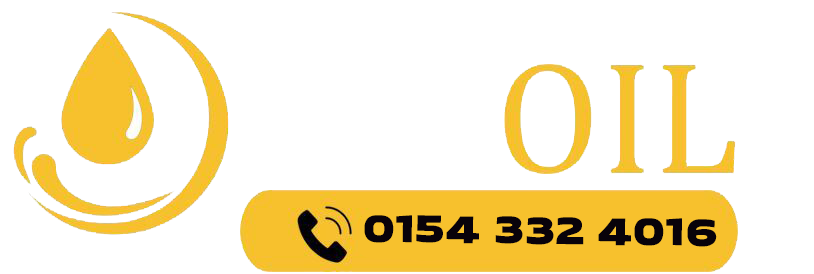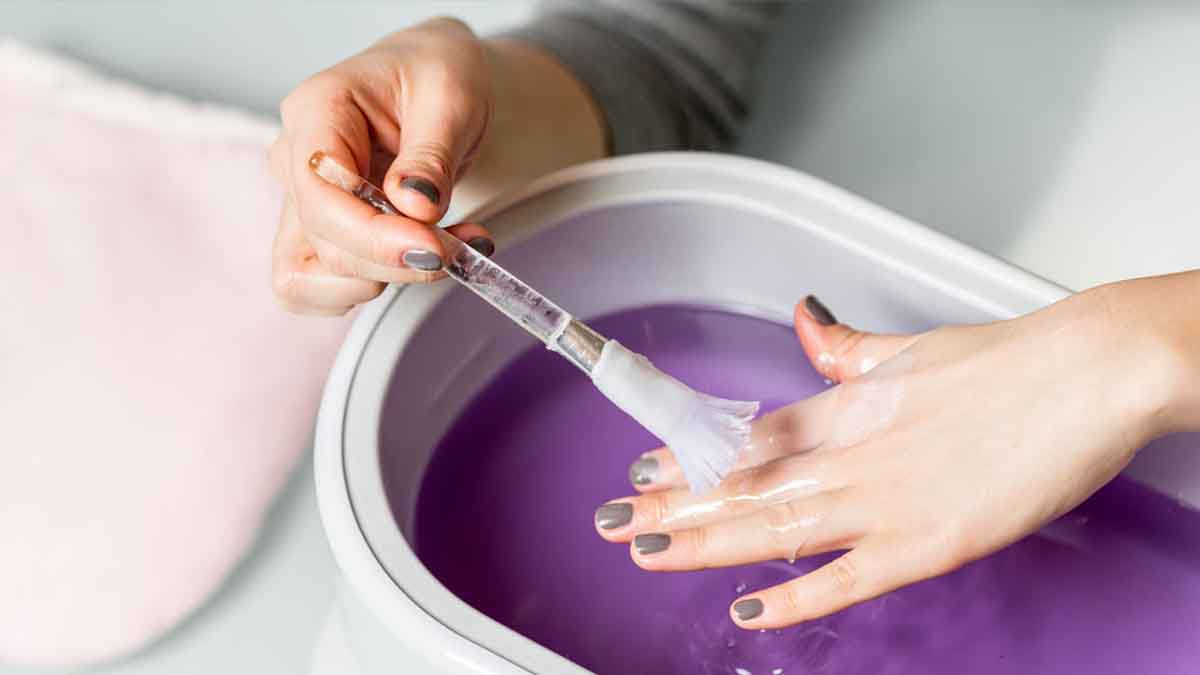A Brief History of Paraffin Wax
Carl Reichenbach first produced paraffin wax in Germany, which played a massive part in the advancement of candle-making technology. He acquired the paraffin wax from petroleum by dewaxing light lubricating oil stocks. Paraffin wax burn was cleaner and cheaper to use compared to tallow candles. However, the production cost was significantly higher at first, but eventually, with the discovery of new sources, the prices fell, and cheaper refining methods were also discovered.
What is Paraffin – An Overview
Paraffin also goes by the name of kerosene or paraffin oil – a flammable hydrocarbon liquid burned as a fuel with a chemical formula of CnH2n+2.
Compared to gasoline, paraffin is less hazardous and boils approximately at 150-275°C. Although it is acquired from petroleum distillation, it can also be extracted from wood, coal and oil shale.
In addition to that, paraffin is available in liquid and solid forms and is used in several industries, including beauty products, heating oil, and medicine. When looking for heating oil, you may also come across the name kerosene, which is used for heating homes.
What is Kerosene?
Kerosene is an inflammable hydrocarbon liquid. Kerosene is lighter and clean; therefore, it is an efficient and safe solution for heating your boiler. Kerosene is used by approximately 1.5 million off-grid homes in the UK.
Kerosene is a hydrocarbon mixture, but the exact chemical composition varies depending on its source. Its primary constituents are saturated straight-chain and branch-chain paraffin and cycloparaffin, which is why it is commonly referred to as paraffin.
For more about Kerosene; check our kerosene guide.
How was Paraffin Wax Made?
Slack wax is a combination of oil and wax and is a by-product of the refining of lubricating. First, the oil is extracted, de-oiled or de-waxed from the slack wax and crystallised. Slack wax is typically heated, mixed with a solvent such as a ketone, and then cooled. When the oil remains and the wax crystallises, the mixture is filtered into two streams:
- Solid: Wax Plus Some Solvent
- Liquid: Oil and Solvent
When the solvent is extracted, its subsequent products are foot oils and product wax. The lower the percentage of the wax is, the more refined it will be.
What are the Uses of Paraffin?
It is a soft, white colourless wax with a low melting point; and is safe to touch. When it is used in beauty products, it is mainly used for hand and feet beauty products as a natural ointment it helps soften the skin. Furthermore, in salons, women dip their feet and hands into a white and opaque substance to soften their skin. The reason is that it keeps the skin moisturised and helps open and remove dead skin cells.

Other Uses of Paraffin Include:
- It is mainly used as fuel for rockets, jets or tractor engines.
- It can be used to make crayons, petroleum jelly and electrical insulation.
- As a highly refined mineral, oil is also used in medicines.
- As a saturated hydrocarbon and chemical solvent, it is used in plastic manufacturing.
- Tractor vaporising oil
- Paraffin fuel for household stoves
- A coolant for electrical systems
- A hydraulic fluid
What Are the Benefits of Paraffin Wax?
There are many benefits of Paraffin wax, but the most prominent are in the field of therapeutics and cosmetics. Each one is discussed in detail below: –
Moisturizing
- Spas and salons utilise paraffin wax for skin treatments to moisturise and soften cuticles, feet and hands.
- It creates a physical barrier on the skin to prevent water, making it soft and supple.
- Helps with the symptoms of dry skin diseases like atopic dermatitis. However, Occlusive moisturisers could make the skin feel greasy. Skin’s thick protective layer could also cause acne and clogged pores.
Therapeutic
Paraffin wax helps relax muscles, increase body flow and lower joint stiffness. It also helps people suffering from the following conditions:
- Osteoarthritis
- Rheumatoid arthritis
- Fibromyalgia
- Other joint mobility issues
Heat Therapy
- Paraffin wax can be used for heat therapy.
- The wax can be melted, tested for temperature, and dipped in with one’s hands and feet.

Are there any Side Effects of Paraffin Wax?
Paraffin wax is lab tested to ensure it’s safe and hygienic to use on the skin and body. And due to its lower melting point, it can be easily applied on the body. However, if you have sensitive skin, paraffin wax could cause red spots and burns on your skin.
You must not use paraffin wax if you have:
- Numbness in Your Feet and Hands
- Open Sores or Rashes
- Poor Blood Circulation
- Diabetes
Moreover, paraffin wax is unsuitable for those with chemical sensitivity as one will develop minor swelling.
Can You Use Paraffin Instead of Kerosene?
In the UK, kerosene is also referred to as paraffin, meaning it’s the same product. However, paraffin is more refined and distilled than kerosene, making it useful to burn stoves and lamps inside the house.










